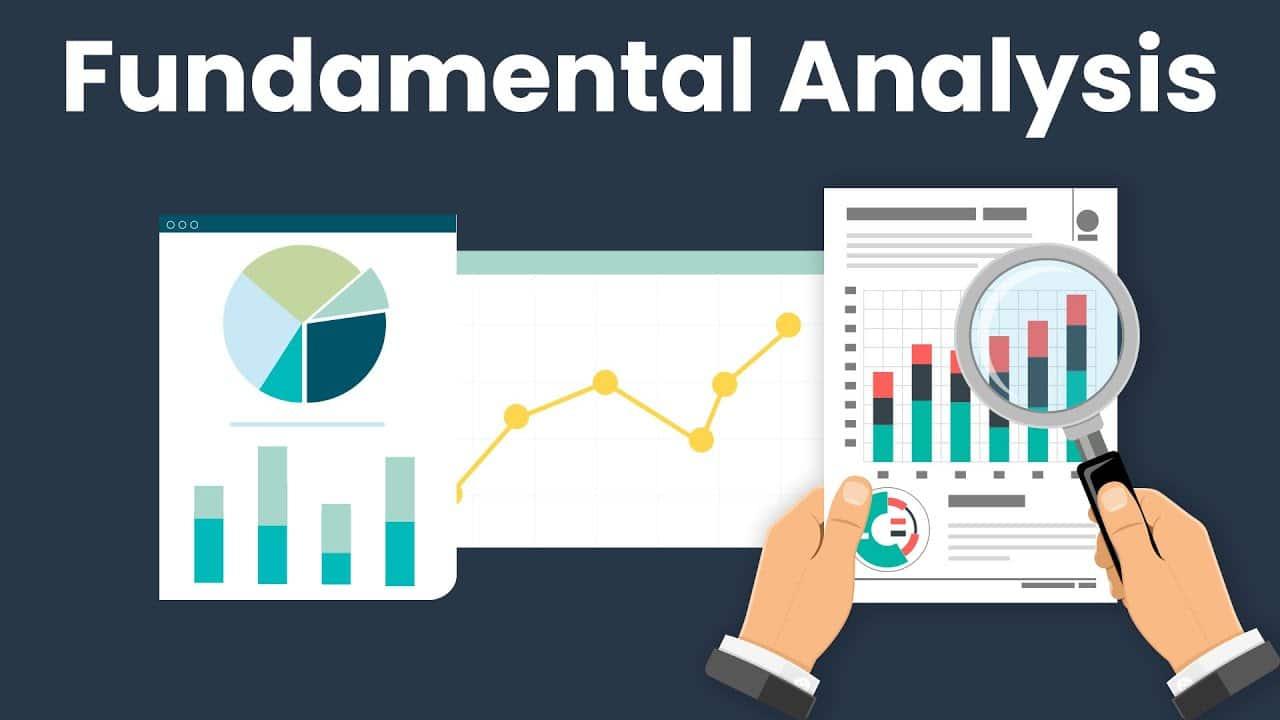Notifications

7 minutes, 25 seconds
-7 Views 0 Comments 0 Likes 0 Reviews

Anxiety and excitement coexist when it comes to stock market investing. The most astute investors know that evaluating a company's fundamental value is essential to long-term success, not only in the short term, when market volatility and fleeting rewards take center stage. Since fundamental analysis employs financial and economic data to ascertain a firm's actual value, it is helpful in this case.
Fundamental Analysis: What Is It?
A thorough examination of a company's financial situation and growth prospects is made possible by fundamental analysis. Fundamental analysis explores the company's model, financial statements, industry trends, and overall economic position in greater detail than technical analysis, which concentrates on price changes and trading patterns.
Key Components of Fundamental Analysis
1. Financial Statements: The Foundation
o Balance Sheet: This graphic depicts a company's present financial health, including its assets, liabilities, and equity. Both the debt-to-equity ratio and the current ratio are important measures to examine.
o Income Statement: This particular document, also known as a profit and loss statement, contains detailed information on profits, expenses, and revenues. Keep an eye out for increased sales and consistent profit margins.
o Cash Flow Statement: This document is used to keep track of a company's revenue and expenses. A healthy operational cash flow is a reliable sign of a company's financial health.
2. Earnings and Valuation Metrics
o Earnings Per Share (EPS): It gives information about a company's profit per share. Companies that see a rise in profits per share are often doing well.
o Price-to-Earnings (P/E) Ratio: Establishes a stock price hierarchy based on the company's earnings per share. A lower price-to-earnings ratio may indicate undervaluation when comparing enterprises in the same sector.
o Price-to-Book (P/B) Ratio: A comparison is done between the stock's current price and book value. This is critical when valuing organizations with considerable assets.
3. Industry and Economic Factors
o Understanding industry trends is really crucial. When opposed to technology industries, which may be impacted by quick innovation cycles, utility corporations may be more static and less dynamic than their competitors.
o Interest rates, inflation, and a number of other macroeconomic indicators should also be considered. When interest rates rise, organizations with a large amount of debt may feel the strain because borrowing money becomes more expensive.
4. Qualitative Analysis: The Intangibles
o Management Quality: Even when challenging situations exist, strong leadership may assist a company in managing them effectively. It is essential that you choose a management team with a track record of success and the ability to see the big picture.
o Competitive Advantage (Moat): A moat allows a company to sustain profits while also defending itself against competition. Potential moats in business include a strong brand reputation, patents, and network effects.
o Corporate Governance: Long-term sustainability may be measured by two factors: ethical behavior and openness to criticism.
Steps to Perform Fundamental Analysis
1. Choose a Company: Get some experience in a field you're already familiar with. When it comes to the firm, being well-versed in the details will allow you to read the data more effectively.
2. Review Financial Statements: Take a thorough look at the quarterly and yearly reports every time. Findings that are isolated from one another are less meaningful than patterns that last many years.
3. Analyze Key Ratios: Compare the company's financial statistics against those of its competitors to assess performance.
4. Consider External Factors: When contemplating how current economic events or legislative changes may affect the firm, keep this in mind.
5. Calculate Intrinsic Value: Techniques such as discounted cash flow analysis (DCF analysis) may be used to identify the real value of a company.
Why Fundamental Analysis Matters
Investors who do fundamental research may make evidence-based judgments rather than being persuaded by market hype. As a result, one is more inclined to think in the long term, which is compatible with the approach of value investors such as Warren Buffett, who famously said, "Price is what you pay; value is what you get." If you base your investment strategy on fundamentals, you will be better able to maintain stability in the face of market turbulence and establish a portfolio of highly valued assets.
When it comes to understanding a company's actual worth, fundamental research may be quite useful to anybody who is interested in doing so; it is not limited to expert analysts. Investors may identify possibilities and prevent traps by evaluating the company's financial health, industry context, and qualitative traits. A solid foundation in fundamentals will allow you to achieve long-term success in an ever-changing market.
trading #TrademarkRegistration #InternationalTrademark #BrandProtection #TrademarkMistakes #LegalAdvice #TrademarkConsultants #TrademarkLaw #IntellectualProperty #BusinessBranding #EthnicWear #PartyWearSuits #SSqureFashion #AnarkaliSuits #PalazzoSuits #ShararaSuits #PakistaniSuits #StraightCutSuits #IndianFashion #WomenEthnicWear #DesignerSuits #FestiveFashion #TraditionalWear #WeddingOutfits #FashionTrends #ElegantEthnicWear #CryptoTrading

